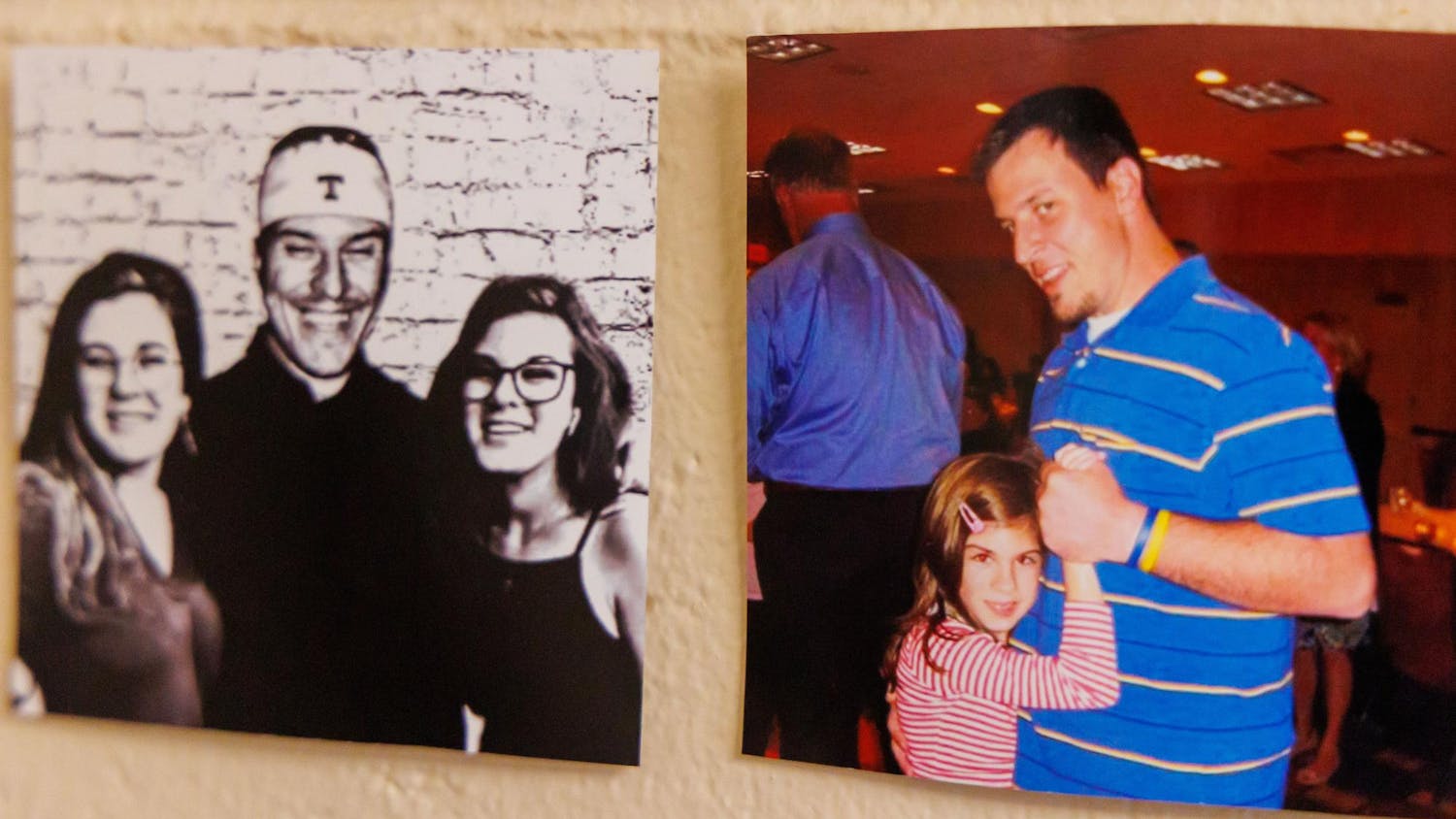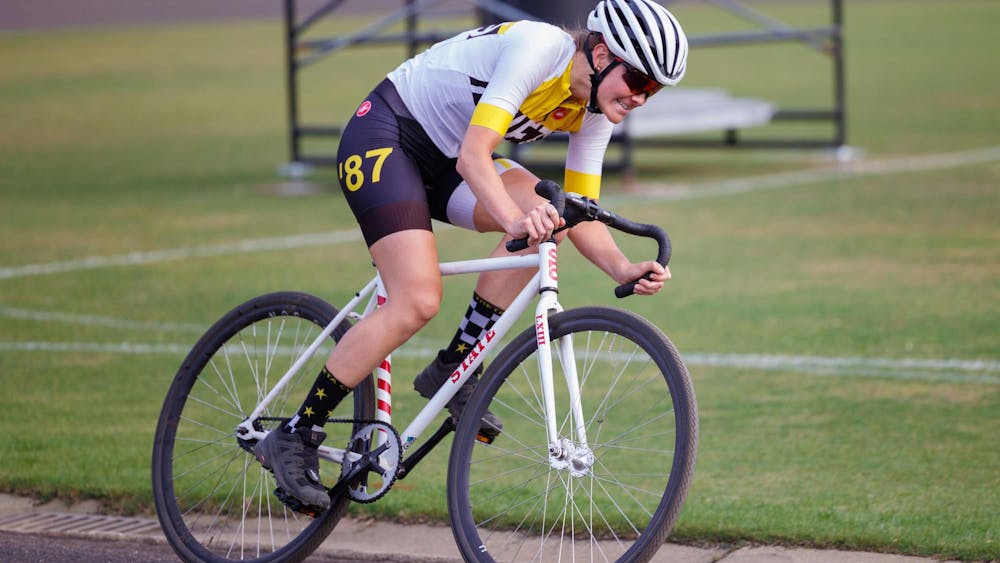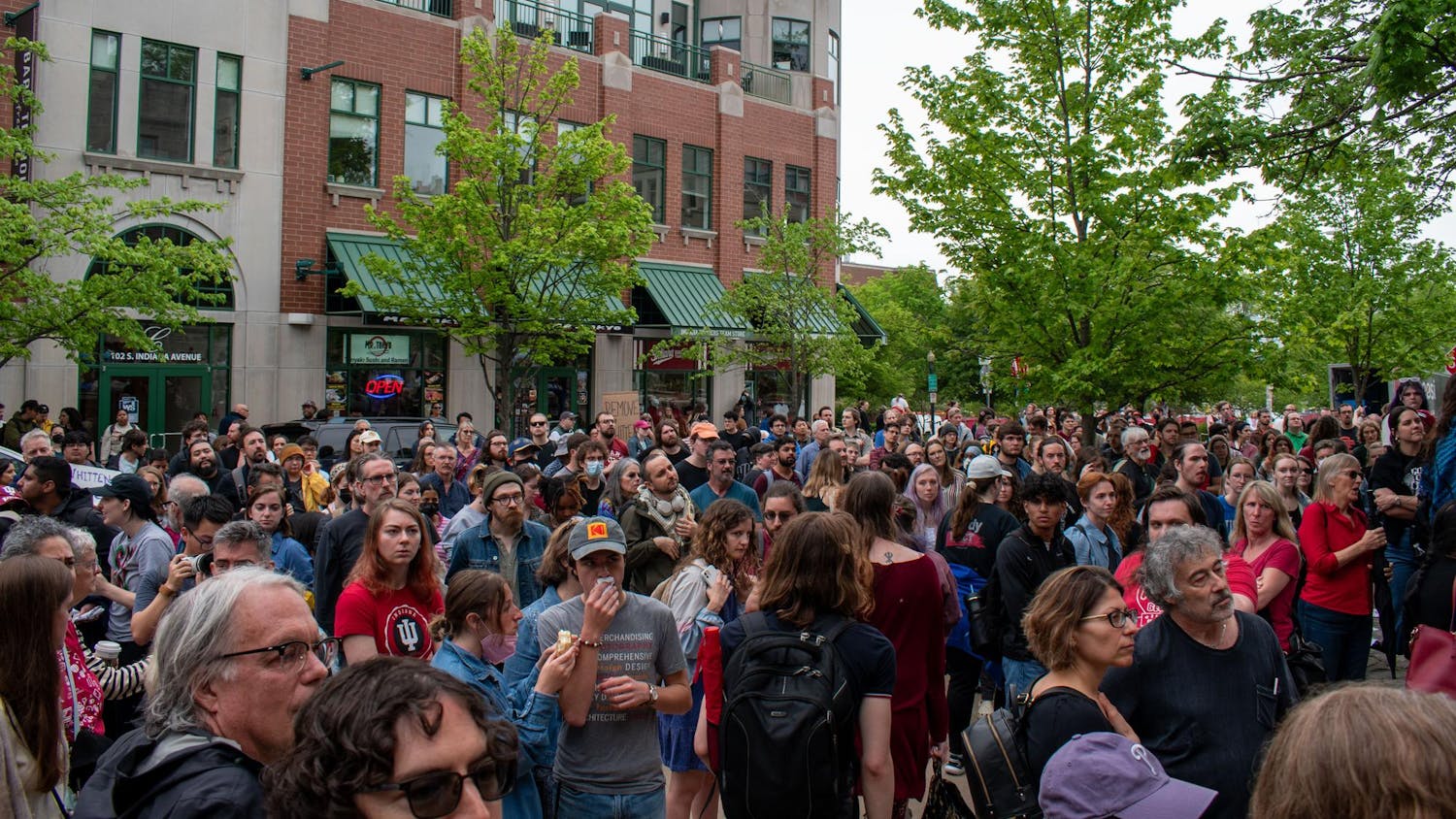On a Saturday night, batsmen and bowlers in Bloomington forget about the threat of nuclear weapons in their homeland. A medley of English, Hindi and Urdu floats through the bleachers as Pakistanis and Indians sit side by side. \nFor four hours, political rivalry takes a backseat to cricket.\nIU sophomore Alee Faruki's Bloomington cricket club team is a perfect blend of South Asian diversity with four Indians and four Pakistanis.\n"There is no difference or discrimination amongst us," Faruki said "… We're all just one team and most of all, good friends."\nFaruki expects analysts could make similar assumptions about the international cricket scene.\nFor the first time since 1989, the professional Indian cricket team traveled to Pakistan this past March for a six-week tour. The games sparked hopes of peace in the eyes of some politicians. \nCurrently, India -- a majority Hindu nation -- and Pakistan -- an official Islamic state -- both claim the mountainous region of Kashmir. But earlier this year, the two countries negotiated a cease fire. \nThe current cricket series portrays the potential power of sports to curb hostility and combat international tension. \nThis year, The Washington Post reported throughout the night, Hindus and Muslims, Indians and Pakistanis watched the live televised satellite matches together in America. The focus is on the match, not politics, the fans said. \nSumit Ganguly, chair of IU's India Studies Department, said he sees a marginal benefit in the matches.\n"It creates goodwill among certain communities both in India and in Pakistan," said Ganguly, who can remember sportscasts in which the Pakistan and Indian flags were shown billowing in the wind, side by side. "On occasion people had even stitched these flags together." \nBut Ganguly doubts the true significance of sports. For Ganguly, cricket matches will not lead to the establishment of any permanent peace.\n"All of this helps create an atmosphere of goodwill … but all this goodwill will only take us so far," he said. \nWhen the cricket matches end and the goodwill subsides, both countries need concrete negotiations, Ganguly said. \n"In and of themselves, (the games) can't accomplish much," he said. \nIn fact, Ganguly credits the inverse relationship. He said the current Pakistan-India cricket series is a reflection of the success of prior peace talks.\n"There are critical issues between these two countries that will have to be resolved ultimately by political means," he said.\nFor Ganguly, real peace needs to come from hard-nosed negotiations and compromises.\nBut history begs to differ with Ganguly. Establishing international peace through sports isn't limited to the Indian subcontinent. Last summer, American troops played soccer with Iraqi civilians as a symbolic goodwill gesture. And as legend has it, the Nixon peace talks with China stemmed from friendly ping-pong tournaments between the two countries. \nGanguly makes a clear distinction between the conflict in South Asia and its ripples in America.\n"There's some loyalties, but they're not about to import the battles of the subcontinent right to the campus of Indiana University in Bloomington," he said. "And even if they do, these will be moderated and tempered by the fact that they're in somebody else's country, and you don't engage in name calling and shouting."\nIn a college town free from peace talks and nuclear weapons treaties, Pakistanis and Indians may take the ease of their cricket club for granted. The Post cites that in America, Indians and Pakistanis tend to share culture and food rather than argue about territory. \nAt a cricket match earlier this month, a few blond-haired soccer players peered through the glass -- a stark contrast to the South Asians on the field. The usual 30-some crowd was gone Saturday night. Most, be they Muslim or Hindu, had gone to the Indian festival Holi show. \nThe league creates a sense of harmony amongst South Asians. Most teams, like Faruki's combine Pakistanis and Indians. \nBut there's still a sense of rivalry. In fact, the most intense international conflict of the Bloomington league surfaces when the all-Pakistani team plays the all-Indian team. \nAlok Sanghi, a senior and president of the cricket league, said the imitation Pakistan versus India match played amongst IU students is one of the most anticipated games of the season. Players don cricket jerseys from their homeland.\n"It gets very competitive on the field because it's more than just a game," Sanghi said. \nLast season, the Pakistani team won, but Sanghi and fellow Indians received revenge a few weeks ago in the form of a 156-66 blowout. And while the Pakistanis had to settle for fourth place, the Indian team captured first place in the tournament final last Saturday.\nSophomore Fahad Qayyum, a member of the Pakistani team, rationalized his team's loss, "Wininng and losing is all part of the game," he said with an air of nonchalance. \nQayyum claimed the loss "wasn't too bad."\nSophomore Gibran Mustafa, also a member of the Pakistani team, said most of the competition stems from the cheer and jeer of the crowd. \nIn Bloomington, a Pakistan-Indian rivalry shouldn't matter, Mustafa acknowledged, but somehow it always does.\n"Honestly, it does feel bad when you lose to the Indian team," he said a week after the team's loss. \n-- Contact assistant opinion editor Asma Khalid at amkhalid@indiana.edu.
A shot at Unity
Local cricket league blends cultures, softens steamy sentiments
Get stories like this in your inbox
Subscribe





